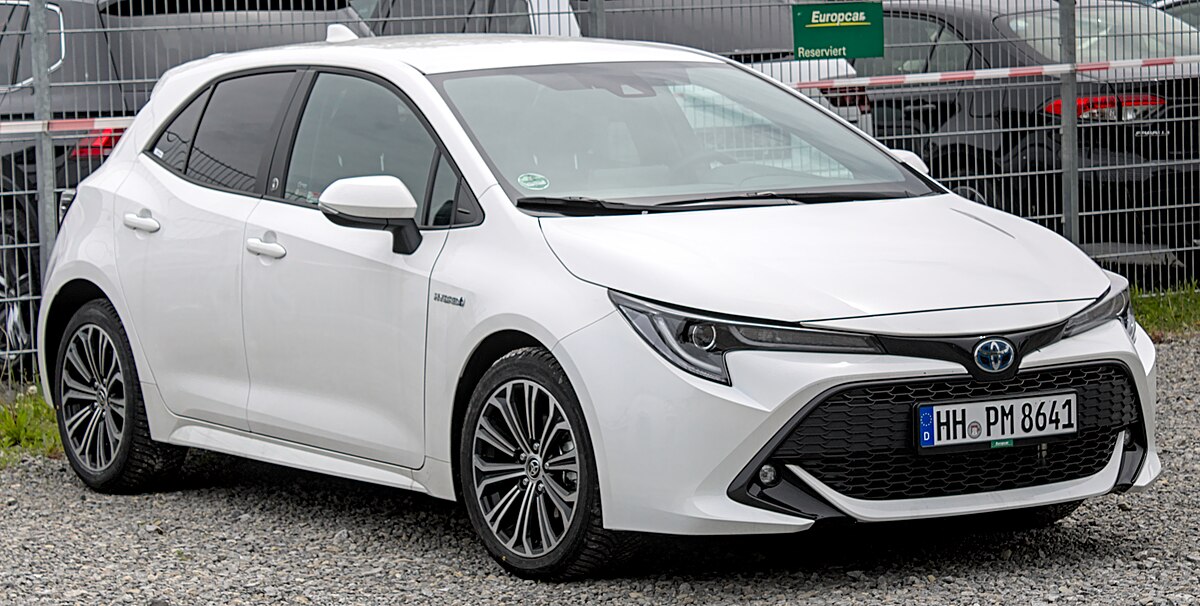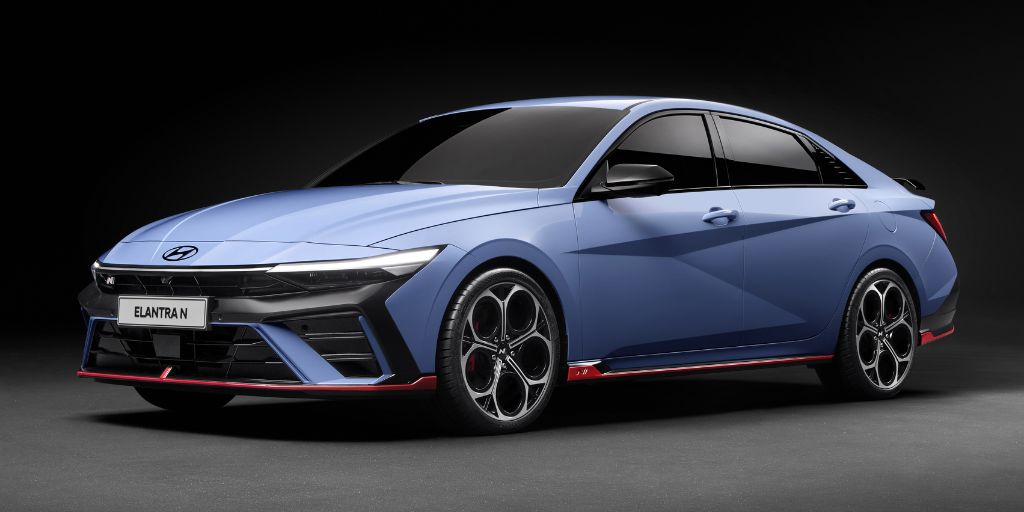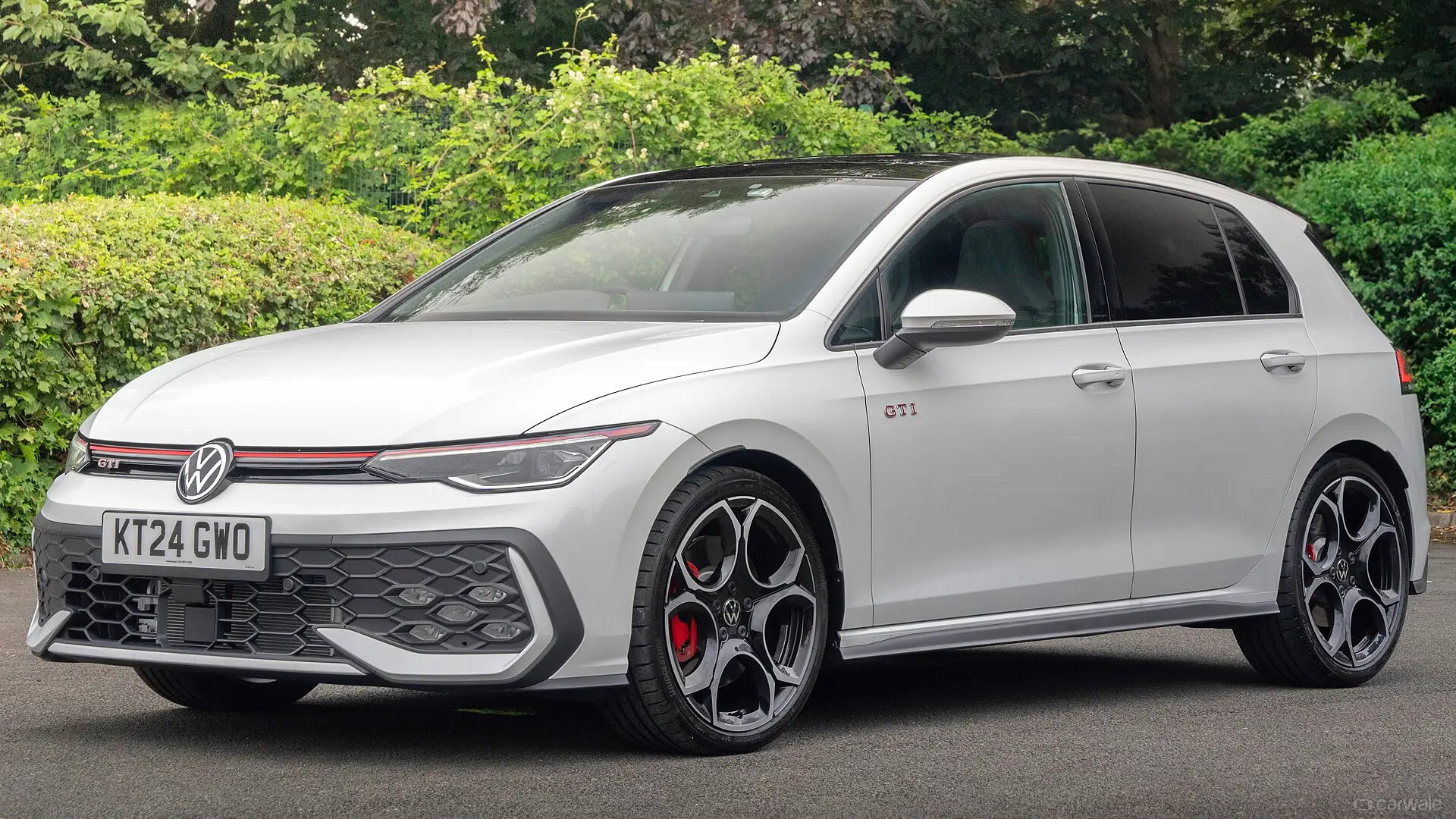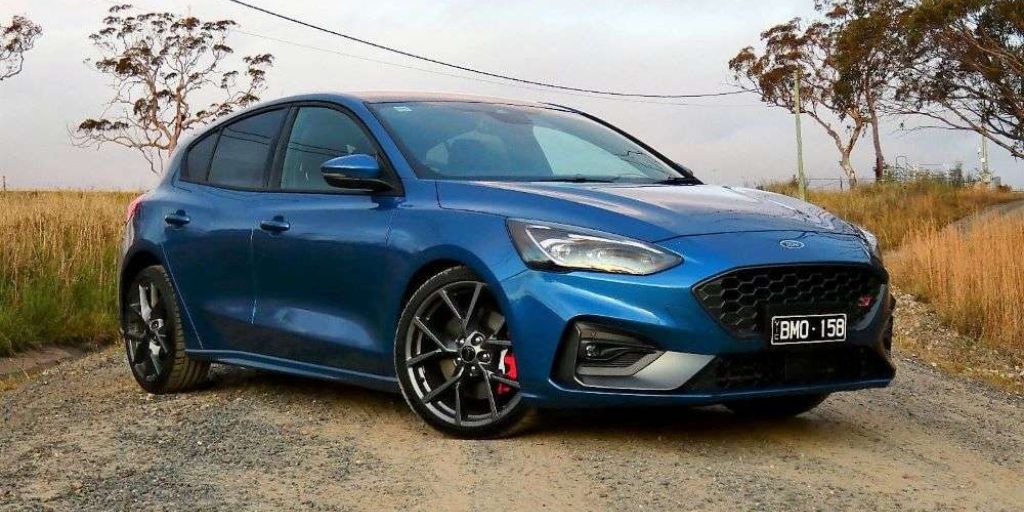In recent years, automotive safety technology has evolved dramatically, with features like adaptive cruise control, automatic emergency braking, and multiple airbags becoming more common across vehicle segments.
Airbags, in particular, have long been a cornerstone of occupant protection, reducing fatalities and serious injuries in crashes.
While front airbags have been standard for decades, rear airbags—designed to protect rear-seat passengers during side-impact and rollover crashes—are becoming an increasingly sought-after safety feature.
However, not all compact cars are equipped with rear airbags, and surprisingly, many popular models in this segment still lack this crucial safety element.
Compact cars, due to their smaller size and often lower price point, can sometimes lag behind in incorporating advanced safety systems that are more frequently found in larger or premium vehicles.
This omission is significant because rear-seat passengers remain vulnerable in collisions, and the absence of airbags in the rear can lead to more severe injuries.
Understanding which compact cars do not offer rear airbags is important for consumers who prioritize safety for all passengers, not just those in the front seats.
For families or drivers who frequently carry passengers in the back, this information can influence purchasing decisions and prompt additional caution when choosing a vehicle.
In this article, we will explore six compact cars that, despite their popularity and many positive attributes, do not provide rear airbags. We will analyze each model’s safety features, overall crashworthiness, and what this means for rear-seat occupant safety.
Whether you are shopping for your next compact car or simply interested in vehicle safety standards, this article aims to provide a comprehensive look at the implications of driving compact cars without rear airbags.
Also Read: 10 Cars With Second Row Side Storage for Snacks, Toys, or Tablets
1. Honda Civic
The Honda Civic is one of the most popular compact cars globally, renowned for its reliability, fuel efficiency, and well-rounded performance.
Over generations, the Civic has consistently ranked high in safety ratings, thanks to its robust structural design and the inclusion of advanced driver assistance systems. However, despite its many strengths, the Civic notably does not come equipped with rear airbags.
Honda equips the Civic with front and side airbags for front-seat occupants, including side curtain airbags that extend to cover the front portion of the rear seats.
However, dedicated rear seat airbags—such as rear side airbags or rear knee airbags—are absent from the Civic’s safety arsenal.
This means that in side-impact collisions or rollovers, rear-seat passengers rely primarily on the vehicle’s structural integrity and the protection offered by front airbags and side curtain airbags, but without the additional cushion of dedicated rear airbags.
This design choice likely reflects the Civic’s positioning as a compact vehicle focused on affordability and overall efficiency.
While Honda’s suite of active safety technologies, including Honda Sensing, enhances crash avoidance, the lack of rear airbags means rear passengers may be more exposed in certain crash scenarios.
Insurance Institute for Highway Safety (IIHS) tests show the Civic performs well in crashworthiness, but those ratings do not specifically measure the benefits of rear airbags since these features are not present.

In practical terms, this limitation means families or those frequently transporting passengers in the back seats may want to consider additional safety measures, such as proper child seat installation and seating position awareness.
For many drivers, the Civic remains an excellent all-around compact car, but it’s important to recognize the gaps in rear passenger protection.
As automakers push forward with safety innovation, it’s possible future Civic models will include rear airbags. Until then, prospective buyers should weigh the trade-offs between the Civic’s overall value and the absence of this particular safety feature.
2. Toyota Corolla
The Toyota Corolla is a longtime bestseller in the compact car segment, prized for its longevity, low cost of ownership, and impressive safety reputation.
Toyota has invested heavily in active safety technologies such as Toyota Safety Sense, which includes pre-collision braking, lane departure alerts, and adaptive cruise control as standard. Despite these advancements, the Corolla currently lacks dedicated rear airbags.
Similar to the Civic, the Corolla features front airbags and side curtain airbags that provide some level of protection for rear occupants.
The curtain airbags do extend partially to the rear, offering head protection in side collisions, but the vehicle does not have separate rear side airbags or rear seat airbags designed to cushion the rear passengers further.
The absence of rear airbags in the Corolla may reflect the engineering focus on crash avoidance technologies and structural safety rather than supplemental passive restraints in the back seat.
Toyota has always prioritized overall crashworthiness, and the Corolla consistently earns high marks from both the National Highway Traffic Safety Administration (NHTSA) and IIHS. These ratings confirm that the Corolla’s structure performs well under frontal and side impact conditions, helping protect all occupants to a reasonable extent.

However, dedicated rear airbags can make a significant difference in side-impact crashes, where the force of collision is often most severe for rear passengers.
Without this additional protection, rear-seat occupants—especially children and smaller adults—may face higher risks of injury.
While the Corolla is an excellent compact car choice for many buyers, families with frequent rear-seat passengers should carefully consider this limitation.
It’s worth noting that as safety technology evolves, newer or higher trims of the Corolla might eventually include rear airbags, but for now, the feature remains absent.
3. Mazda3
The Mazda3 is widely praised for its engaging driving dynamics, upscale interior, and strong safety ratings, making it a standout in the compact car segment.
Mazda has been steadily improving its safety features across all models, including offering an impressive array of driver-assist technologies. However, despite these advancements, the Mazda3 does not come with rear airbags.
Mazda equips the Mazda3 with front airbags, front side airbags, and side curtain airbags that cover front and rear seating areas. This curtain airbag coverage provides some level of head protection for rear passengers in side-impact collisions.
Still, dedicated rear side airbags that would provide additional torso protection to backseat occupants are missing.
The decision to exclude rear airbags may be partly due to Mazda’s focus on overall vehicle structure and active safety features, such as smart brake support, lane-keep assist, and adaptive cruise control, which help avoid crashes altogether.

The Mazda3 is known for its excellent crashworthiness, with top ratings from IIHS and NHTSA, and its rigid body frame absorbs impacts efficiently. These factors contribute significantly to occupant safety, but they do not replace the cushioning effect of dedicated rear airbags.
For rear-seat passengers, the absence of rear airbags means they rely primarily on the vehicle’s structural integrity and curtain airbags for protection during a collision. While this is better than having no side protection at all, rear airbags could reduce injury severity further in certain crash scenarios.
Families and drivers who regularly transport rear-seat passengers may want to take this into account when considering the Mazda3.
It remains a solid, stylish, and safe compact car overall, but its lack of rear airbags leaves a safety gap that might influence purchasing decisions for those prioritizing maximum protection.
Mazda is continuously updating its vehicles, so rear airbags could be introduced in future models. For now, though, drivers should recognize this limitation and consider it alongside the car’s other safety and performance attributes.
4. Hyundai Elantra
The Hyundai Elantra is a strong contender in the compact segment, known for its value, modern design, and comprehensive warranty coverage.
In terms of safety, Hyundai has made great strides in equipping the Elantra with advanced technologies like forward collision warning, lane keeping assist, and automatic emergency braking. However, despite these improvements, the Elantra currently does not offer rear airbags.
Like many compact cars, the Elantra is fitted with front and side airbags for front occupants and curtain airbags that extend partially over the rear seats. These curtain airbags provide some level of head protection to rear passengers in side-impact crashes.
Nonetheless, dedicated rear side airbags or rear seat airbags, which would provide additional torso or knee protection for backseat occupants, are not part of the Elantra’s standard or optional safety equipment.

Hyundai prioritizes crash avoidance features and has engineered the Elantra’s body structure to perform well in collisions.
The vehicle consistently earns favorable safety ratings from IIHS and NHTSA, highlighting its ability to protect occupants in front, side, and rollover crashes. Yet, without dedicated rear airbags, the backseat remains more vulnerable compared to cars equipped with this extra passive protection.
For families, this means that although the Elantra is generally safe, rear-seat occupants face a slightly higher risk in side-impact accidents or rollovers. Proper use of seat belts and child safety seats remains critical, but rear airbags would provide an additional safety net.
As Hyundai continues to innovate and refine its safety features, rear airbags might be added in future Elantra models. Until then, prospective buyers should be aware of this gap, especially if rear-seat safety is a top priority.
5. Volkswagen Golf
The Volkswagen Golf is a well-known compact hatchback admired for its European styling, solid build quality, and refined driving experience. It also offers a suite of safety features, including multiple airbags and electronic aids aimed at protecting occupants.
However, when it comes to rear airbags, the Golf does not provide dedicated rear side airbags or rear seat airbags.
The Golf’s airbag setup includes front airbags, front side airbags, and side curtain airbags extending along the roofline to cover both front and rear windows.
These curtain airbags offer head protection for rear passengers during side impacts or rollovers but lack the supplemental torso protection that dedicated rear side airbags can provide.
Volkswagen has invested in engineering a strong passenger cell and includes numerous active safety features such as autonomous emergency braking, blind-spot monitoring, and lane assist in many trims.
The Golf’s overall crash test performance is solid, with high marks from global safety organizations. Nevertheless, the absence of rear airbags leaves a gap in passive safety measures for backseat passengers.
For those who often transport family or friends in the rear seats, this limitation should be carefully considered. While curtain airbags help reduce head injuries, side-impact crashes frequently cause torso injuries, which dedicated rear airbags are designed to mitigate.

Volkswagen may eventually include rear airbags in future Golf generations or premium trims, especially as competitors begin to offer them more commonly. Until then, rear occupant safety in the Golf relies heavily on structural protection and curtain airbags, which, while effective, are not as comprehensive as a full rear airbag system.
6. Ford Focus
The Ford Focus is another popular compact car praised for its handling, safety ratings, and technology features. It has been a staple in many markets and offers a variety of trims with advanced driver aids. However, the Focus, like the others on this list, does not provide rear airbags.
The Focus is equipped with front and side airbags for the driver and front passenger, along with side curtain airbags that extend over the front and rear windows to protect occupants’ heads during side collisions or rollover events.
Despite this, dedicated rear airbags specifically designed to shield rear passengers’ torsos or knees are not included in the vehicle’s safety package.
Ford’s engineering for the Focus focuses on a strong crash structure and a comprehensive suite of driver-assist features, such as lane-keeping assist and forward collision warning, which work to prevent accidents.
The Focus consistently performs well in crash tests from IIHS and NHTSA, but the lack of rear airbags means rear passengers do not receive the enhanced protection that these airbags provide in side-impact situations.
For families or those carrying passengers in the rear seats often, this is a consideration that could influence the decision-making process. Proper use of seat belts and child restraints is vital, but rear airbags would further reduce injury risk.

As with other models, Ford may update the Focus to include rear airbags in the future, but current models do not offer this feature. Buyers should weigh the vehicle’s overall safety profile against this limitation when making their choice.
The absence of rear airbags in many popular compact cars highlights an important gap in occupant safety that prospective buyers should not overlook.
While front and front-side airbags have been standard for decades and curtain airbags provide head protection to rear passengers, dedicated rear airbags offer an additional layer of protection, especially in side-impact and rollover crashes.
These airbags help to cushion the torso, knees, and other vulnerable areas of rear-seat occupants, significantly reducing the risk of serious injury.
Among the six compact cars examined—Honda Civic, Toyota Corolla, Mazda3, Hyundai Elantra, Volkswagen Golf, and Ford Focus—none currently offer dedicated rear airbags, despite their overall strong reputations for safety, reliability, and technology.
Each model compensates with a combination of structural integrity, curtain airbags, and advanced crash avoidance systems. These features certainly improve occupant safety and contribute to their favorable crash test ratings.
However, the specific protection that rear airbags provide remains absent, potentially leaving rear-seat passengers at higher risk in certain crash scenarios.
For families, ride-sharing drivers, or anyone regularly transporting passengers in the back seat, this limitation can be significant.
Children, elderly passengers, and smaller adults tend to be more vulnerable in crashes, making supplemental protection like rear airbags particularly valuable.
When choosing a compact car, understanding these nuances of safety equipment allows consumers to make more informed decisions and prioritize the well-being of all occupants, not just the driver and front passenger.
It’s also worth noting that automakers continuously evolve their safety technologies, often adding features like rear airbags as standard or optional equipment in newer models or higher trims.
While these six models currently lack rear airbags, future iterations may close this safety gap. Prospective buyers interested in rear passenger protection should monitor upcoming releases and safety updates.
In the meantime, maximizing occupant safety in these vehicles includes ensuring proper seat belt use, installing appropriate child safety seats, and considering aftermarket safety accessories where available.
Additionally, choosing higher trims with enhanced active safety features—such as automatic emergency braking, lane-keep assist, and blind-spot monitoring—can help prevent collisions altogether, reducing the need for passive restraints like airbags.
Ultimately, the compact car segment offers a wide range of options balancing affordability, efficiency, and safety. While the lack of rear airbags is a notable drawback in these six popular models, they still provide commendable protection overall.
Awareness and understanding of this limitation empower consumers to make safety-conscious choices and advocate for better occupant protection across all seating positions.
As safety technology advances, it is hopeful that rear airbags will become a standard feature in compact cars, making rides safer for every passenger.
Also Read: 10 Cars With Adjustable Headrests That Don’t Rattle

